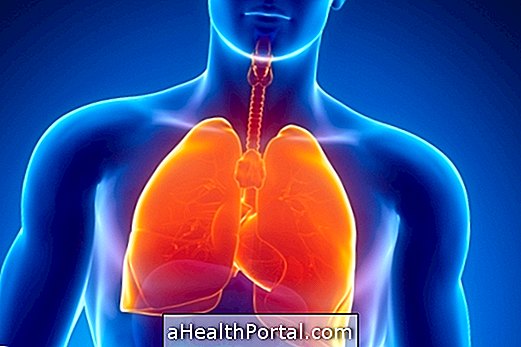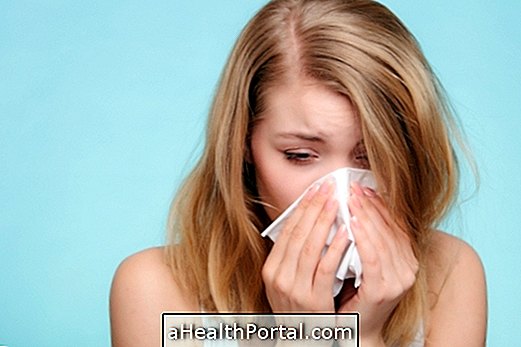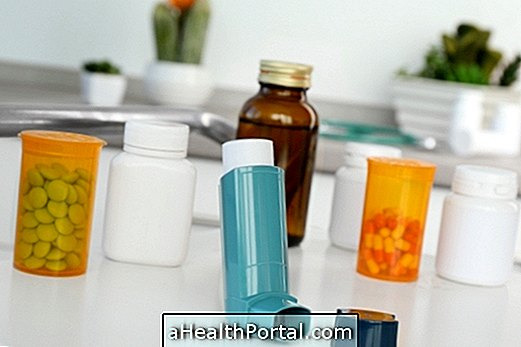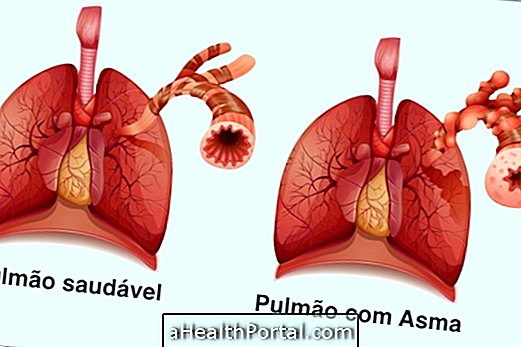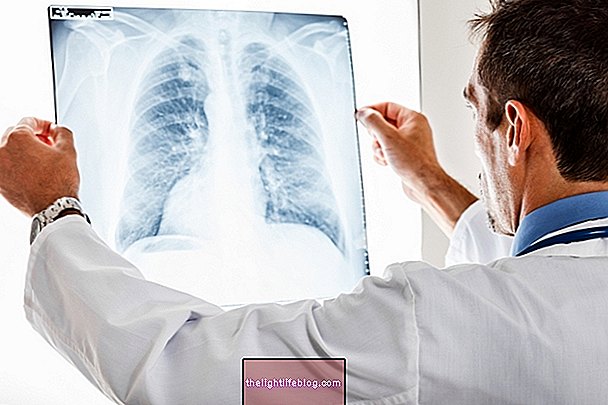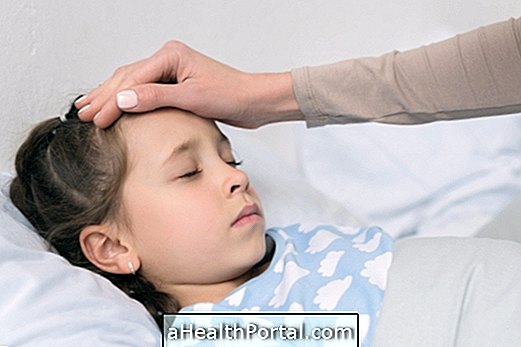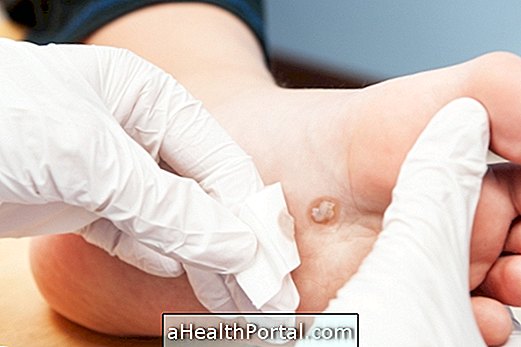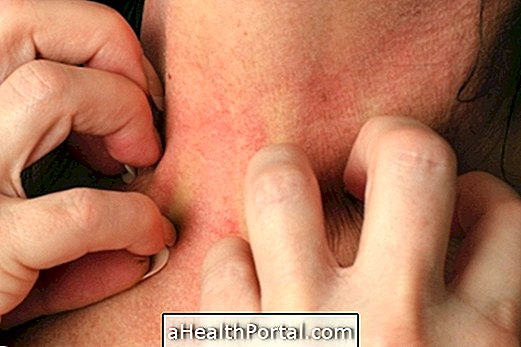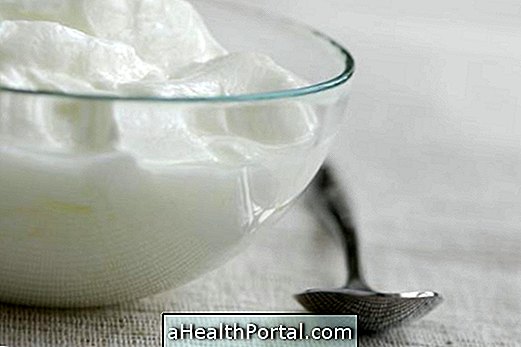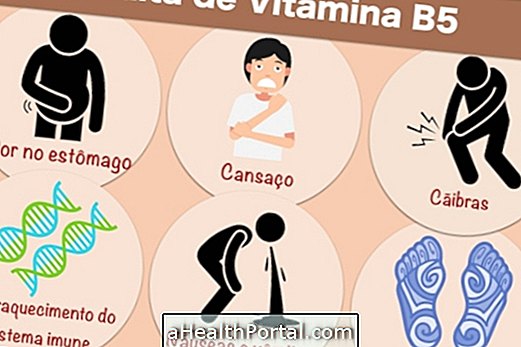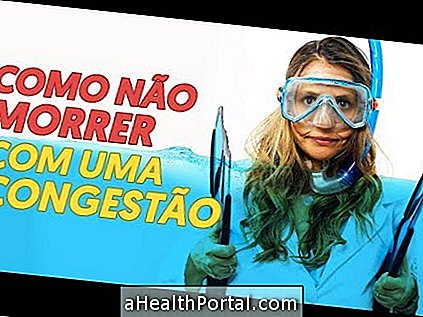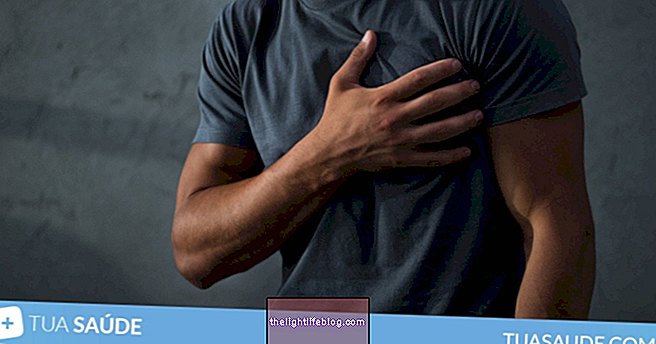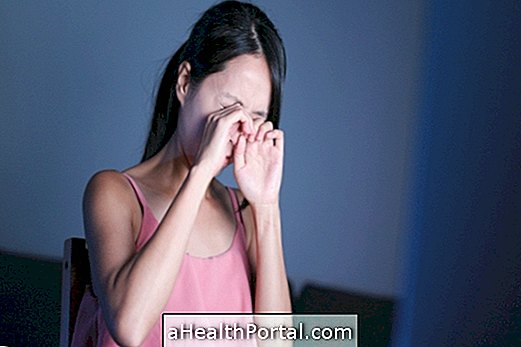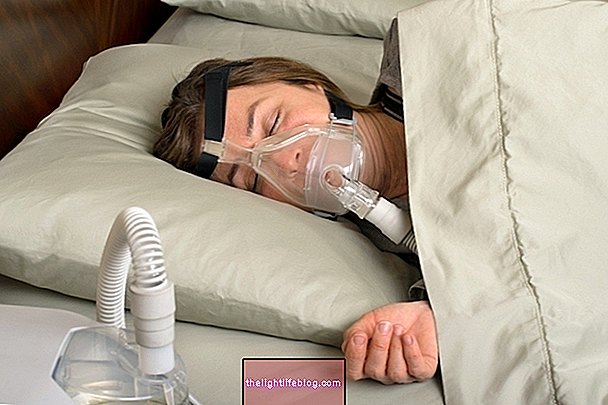The treatment of childhood pneumonia lasts about 7 to 14 days because it depends on the causative agent and can be done at home using antibiotics such as oral amoxicillin or penicillin injection prescribed by the pediatrician.
During the treatment of childhood pneumonia, it is recommended that the child remain at rest, without going to school, or other public places, as childhood pneumonia can be contagious especially when it is caused by viruses.
Care during home treatment
When treating childhood pneumonia can be done at home, parents should:
- Ensure good nutrition and hydration;
- Keep the airways clean;
- Avoiding cough syrups;
- Make nebulizations daily or as directed by your doctor.
Childhood pneumonia is curable, but can progress to severe cases when treatment is not started within the first 48 hours after onset of symptoms such as fever over 38 °, catarrh cough, loss of appetite, rapid breathing, and no play. In these situations, the child may need to be hospitalized for vein medication or oxygen therapy.
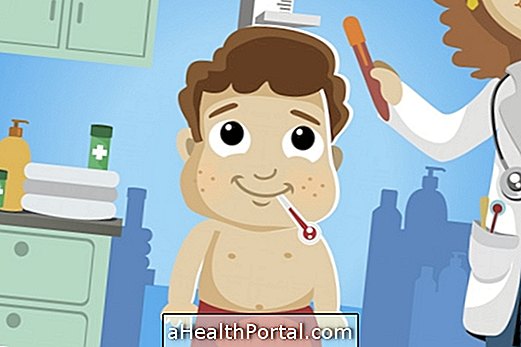
Remedies indicated
Antibiotic medicines may be indicated depending on the microorganism involved. The pediatrician may prescribe procaine penicillin, amoxicillin in tablet form, benzathine penicillin, amoxicillin with clavulanate, cefuroxime, sulfamethoxazole-trimethoprim or erythromycin, for example.
The medicine should be given at the time and in the dose indicated by the pediatrician to ensure the cure of pneumonia, if the parents are not careful, the disease may become worse.
Signs that the child needs to be hospitalized
Treatment at the hospital is indicated when the infant or child has signs of pneumonia-related severity, such as:
- Lips or tips of purplish fingers;
- Great movement of the ribs when breathing;
- Constant and frequent moans due to pain and difficulty breathing;
- Pallor and prostration, unwillingness to play;
- Convulsions;
- Moments of fainting;
- Vomiting;
- Cold skin and difficulty maintaining the ideal temperature;
- Difficulty in drinking and eating.
Thus, if the parents observe the appearance of any of these symptoms they should take the child to the hospital so that it is hospitalized and receives the indicated treatment. It is important to take the baby or child to be reassessed because the pneumonia can worsen and be harder to cure and life-threatening.
How is the hospital treatment done?
Treatment of pneumonia in the hospital includes the use of antibiotics that can be given by the vein or in the muscle, and use of oxygen mask to breathe better. The saline solution may be an option to keep the baby and the child properly hydrated and physical therapy can help you breathe with less effort and more efficiently. In more severe cases, the child may have to breathe with the help of appliances.
After initiation of treatment, the pediatrician usually evaluates within 48 hours whether the child is responding well to treatment or if there are signs of worsening or fever, indicating that the dose of the antibiotic needs to be changed or adjusted.
Even after the first signs of improvement, it is important to keep the treatment for a period of time determined by the doctor and to ensure that the pneumonia has healed, your pediatrician may indicate that the child is having an x-ray of the chest before discharge.
To prevent pneumonia from coming back after treatment, it is important to wear the child according to the season and avoid places with too much smoke, dust or cigarette smoke.
